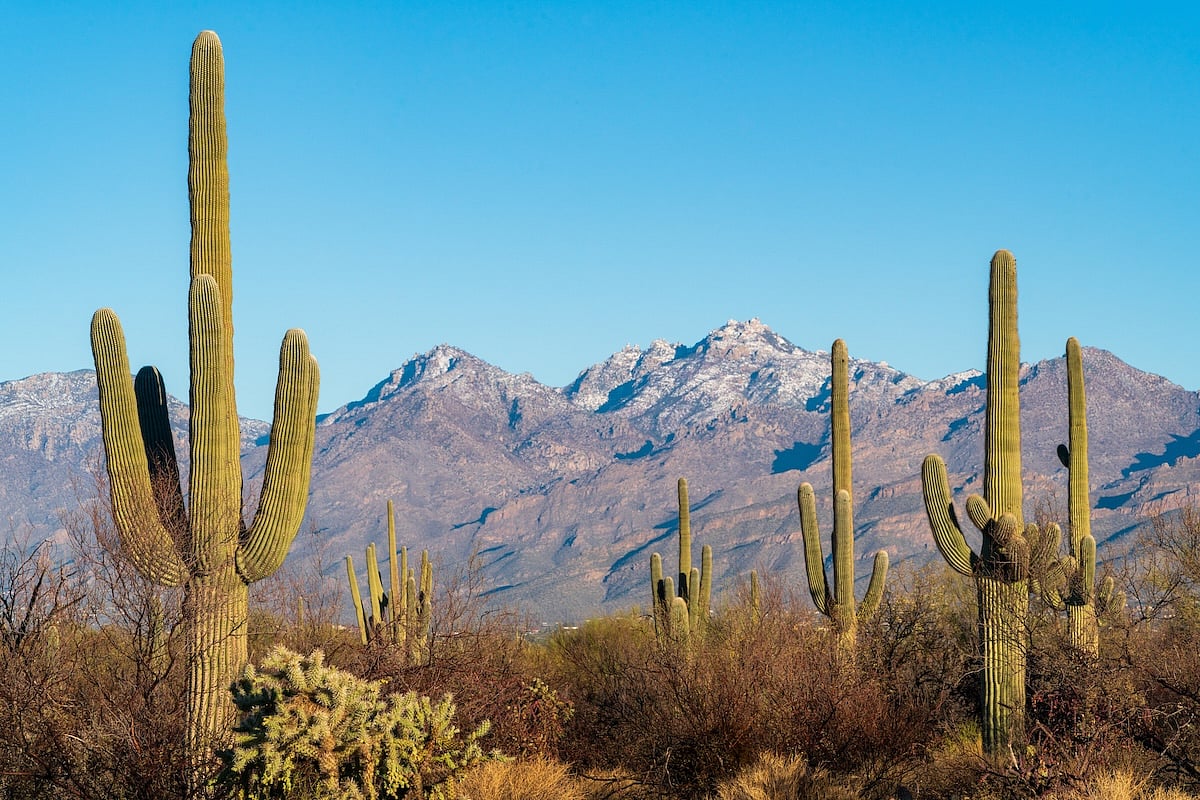Market Pharmacy is now G&G Pharmacy, conveniently located in Marketplace Foods on the corner of Hwy 2 & Broadway!
Same great staff and same great care!
Manténgase sano!

- Posted September 4, 2024
California's Drought Cycles Raise Threat of Dangerous Airborne Fungus
Weather patterns in California that have been exacerbated by climate change could be fueling more cases of a dangerous fungal infection, scientists warn.
The Coccidioides fungus lives in soil, where it can be picked up by rodents and transmitted to people who breathe in airborne spores. It is not transmitted between people.
Coccidioides triggers a disease called Valley Fever, which is rising sharply in numbers in the Western United States. The illness can include flu-like symptoms that, in some cases, can even prove fatal.
Reporting in the October issue of The Lancet Regional Health - Americas, a team led by Alexandra Heaney, of the University of California, San Diego (UCSD), tracked all California cases of Valley Fever from 2000 to 2021.
The team found unexpected aberrations in when and where cases were occurring.
First of all, the number of cases rose sharply in recent years, tripling from 2014–2018 and again from 2018–2022, the researchers noted.
However, “most seasonal infectious diseases show a peak in cases every year, so we were surprised to see that there were certain years during which few or no counties had a seasonal peak in Valley fever cases,” according to Heaney, who is assistant professor at UCSD.
“This made us wonder what was driving these differences in seasonality between years, and based on the timing we observed, we hypothesized that drought might be playing a role," she explained in a UCSD news release.
There was, indeed, a seasonal peak in Valley Fever cases from about September to November, but that changed based on particular counties or years.
Counties in the San Joaquin Valley and Central Coast regions of California had the sharpest seasonal peaks, the team reported, though the peaks started earlier in the San Joaquin Valley.
“Knowing when the Valley fever season starts and how intense it will be can help health care practitioners know when they should be on high alert for new cases,” said corresponding author Justin Remais, a professor at UC Berkeley School of Public Health. “This is the first study to pin down exactly when disease risk is highest in all of California’s endemic counties, as well as places where the disease is newly emerging.”
Because fungal spores are at first inhaled, Valley Fever begins in the lungs, where it can do serious damage. Infection can then spread to other parts of the body such as the skin, bones and even the brain. Once infection makes it to the brain, the illness becomes life-threatening.
Looking at the data, the UCSD team believes that long periods of drought might kill off many of the rodents that help spread Coccidioides.
However, when rains return, hardier forms of Coccidioides spores that made it through the dry spell begin to proliferate with a vengeance.
“This work is an important example of how infectious diseases are influenced by climate conditions,” said Heaney. “Even though droughts appear to decrease Valley fever cases in the short term, the net effect is an increase in cases over time, particularly as we experience more frequent and severe droughts due to climate change.”
The study is also expanding to sites besides California.
“Arizona is much dustier than California and has very different climate dynamics, and about two thirds of cases in the United States occur in Arizona, so that’s where we’re looking next,” Heaney noted. “Understanding where, when and in what conditions Valley fever is most prevalent is critical for public health officials, physicians and the public to take precautions during periods of increased risk.”
In the meantime, how can you protect yourself? According to the authors, if you know the Valley Fever risk is high, avoid going outdoors and wear a protective mask when you do go out, to avoid breathing in dust.
More information
Find out more about Valley Fever at the U.S. Centers for Disease Control and Prevention.
SOURCE: University of California, San Diego, news release, Sept. 4, 2024







